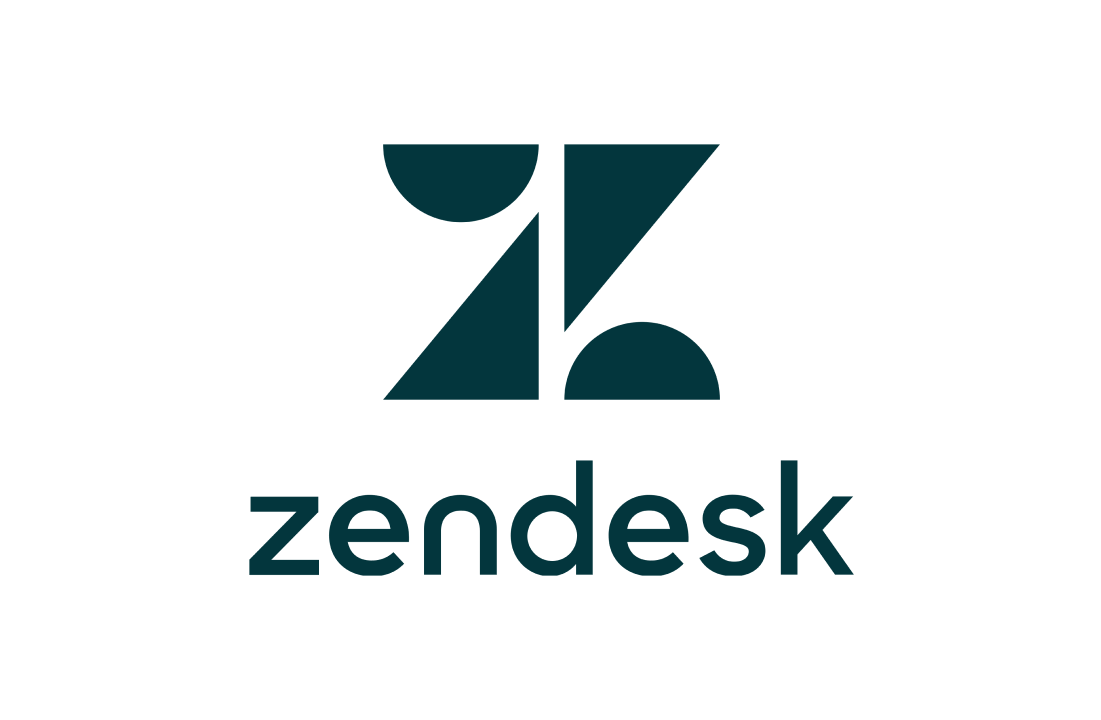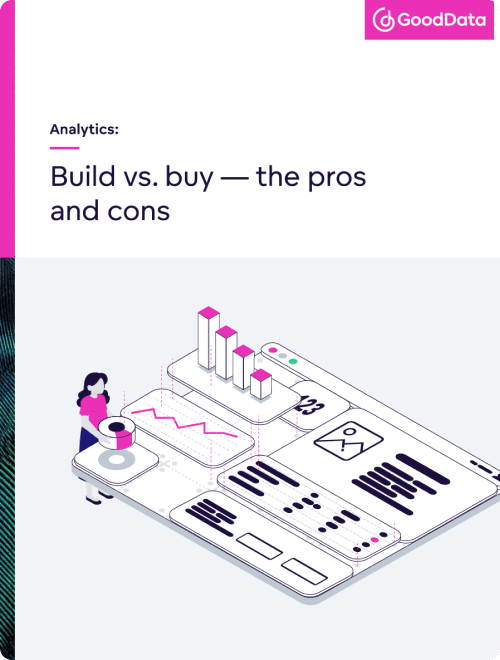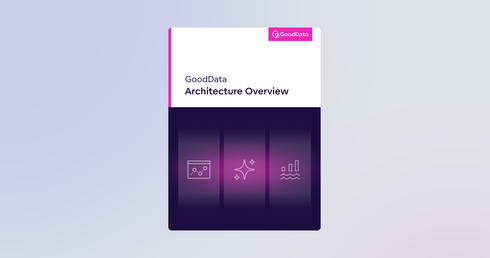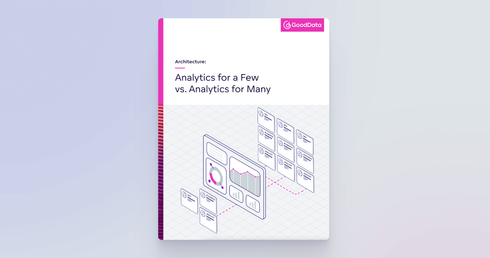Today’s market leaders are those who excel at data-driven decisions and can leverage their data to gain a competitive advantage. Incorporating big data has evolved from a luxury to a necessity for most companies (large-scale organizations, start-ups, SaaS).
As your customers (both internal and external) continue to demand smarter insights, it’s on you to deliver that information in a way that’s easy and convenient for them to use.
And as clear as reports and dashboards may look, solution-end engineering teams know very well that they stand on top of a complex infrastructure that orchestrates central or distributed data storage, automated and manual data ingestion, data transformation, data integrity, customizations across user groups, change deployment management, as well as global data security and privacy.
The Build-Or-Buy Decision
That’s why many software companies and resourceful organizations with skilled engineering and data operations teams start pondering whether it would be better and more profitable to build their own analytics solution to perfectly fit their needs.
A Fair Question
This ebook will explain the major pros and cons of building and buying an analytics solution to help you and your team make the right decision for your needs.
Build Vs. Buy Comparison
Pros of building
- Potential to build on existing SaaS infrastructure and skill sets
If you have developed your own software product, then your teams may be able to leverage some of their existing cloud infrastructure-related and software development skill sets to extend your product solutions with analytics.
- You retain complete control over your data
If you have your data on your own private cloud, you keep complete control over it. There is no third-party analytics platform your data must pass through.
Cons of building
- Upfront and unforeseen costs
In addition to the likely increase in staffing required (see below), building a platform requires an upfront investment in infrastructure, architecture, and backend data management software. Certainly, companies might have some of these resources already. But, as is often the case with internal development projects, unforeseen costs can arise along the way. This can make it almost impossible to predict the scope of a DIY approach in the long term.
- Need to recruit and onboard highly specialized talent
To build an advanced analytics platform, solution providers will need to identify, recruit, and onboard highly skilled architects, engineers, and developers who are already in short supply.
A closer look: staffing costs
One solution provider hired 24 additional software engineers to design, build and maintain analytics functionality in its operational application at an annual cost of $5M based on prevailing pay scales averaging $100/hour.
- Increased time-to-market
The biggest hurdle for your organization may not be simply resources or investment, but time. With basic analytics solutions, it often takes around 10 months to get it up and running. With fully developed, end-to-end analytics solutions, it can take much longer — up to five years for some companies.
- Constant updates and maintenance
Analytics built in-house must be constantly updated, maintained and, at times, scaled. Your users (or customers) will expect the same continuous service levels regardless of how fast data and usage are growing.
Pros of buying
- Reduced and predictable cost
An analytics platform can make a big difference in keeping your long-term profit margin in check. Much like any forecasting, it’s not so much about initial deployment costs, but about building ROI and sustainably building profits in line with your customer base. And when you work with an embedded analytics vendor, you’ll only pay for what you use. You can choose from à-la-carte, prebuilt platform components based on current and future needs, including how much you need in terms of data computation power, data volume, and the number and size of user groups (i.e. customers, teams).
Customer Spotlight: Technomic
This leading information services company in the foodservice industry partnered with GoodData on a data-centric product that would have cost hundreds of thousands of dollars to build in-house.
The result: 7x cost savings and a wider range of capabilities with GoodData. .

- A partnership with specialized experts — who are always on call
You won’t need to go through the hassle of recruiting and onboarding hard-to-find specialized talent. Employing a vendor with long-term industry knowledge and experience is usually more beneficial and efficient for your company. Embedded analytics platforms are complex solutions requiring the development of a full-blown engine as well as multiple tools to support them. Your provider will have a dedicated team ready to quickly deploy solutions, troubleshoot any issues or discuss what new features you would like to see developed in the platform. - Decreased time-to-market
Buying an advanced analytics platform means a much quicker deployment than building. You can launch in as few as eight weeks and drive instant customer growth and retention. And the benefits will continue throughout the life of the partnership. An inherently scalable and agile platform will give you a strong competitive advantage as you expand.
Customer Spotlight: DXC Technology
DXC (created by the merger of CSC and the Enterprise Services business of Hewlett Packard Enterprise) needed a way to bring their cloud and on-premise data together to develop a best-practice model for demand generation and lead management. And they needed to launch it fast — spending a year on it wasn’t an option.
The result: 90 days to build a customized solution with GoodData, and a 206% increase in MQLs to their executives on demand.

“On every count, from the strength of the platform, to the level of customization, to the quick time to value — our expectations have been exceeded. We’re so happy we chose GoodData,” — Christopher Marin, Head of Digital Marketing Ecosystem & Analytics at CSC.
- Increased flexible scalability
Scaling is not as easy as it sounds from a technical perspective. The architecture, infrastructure, and related environments are complex to build effectively. It requires expertise to achieve an outstanding level of automated and flexible scalability (across data volume, number of users, cost) without affecting performance. With the right embedded analytics platform, you will have this valuable ability on demand.
Customer Spotlight: Zendesk
This leading customer service software company needed a partner that could handle the scale of their business and deliver game-changing analytics for their trial-to-pay business model.
The result: In just 90 days, GoodData built Advanced Analytics seamlessly into Zendesk’s UI. 80% of their Plus and Enterprise customers continue to use dashboards daily.

“Advanced Analytics has become the #1 reason our customers upgrade.” — Sam Boonin, Vice President of Products at Zendesk.
- Maximum security guarantee
Working with data and running an analytics solution requires that you meet various security requirements and regulatory standards. These requirements evolve, with new regulatory standards for different regions or industries being introduced over time. Moreover, you might consider entering a market that requires a higher set of standards than you originally planned. Some embedded analytics providers offer the full cover of data security and privacy from GDPR-S to HIPAA — so you don’t need to hire more cybersecurity specialists or go through the lengthy process of deciphering and fulfilling the toughest security standards.
Cons of buying
- Reliance on the capabilities of an external vendor
When you go with a third-party analytics platform, you’re paying for a complex solution created by the vendor. You could potentially be limited by the roadmap, technologies, and integrations they offer. And depending on the vendor you partner with, you may end up needing to make adjustments to your infrastructure and data storage in order to get the most out of the advanced analytics platform and its automated features and processes. - Loss of complete control over your data
Regardless of whether you use a private or public cloud, using a third-party analytics platform means that your data will have to go through another vendor. Therefore, you need to be sure that the analytics platform you choose and its back-end, data transformation processes fulfill the highest privacy and security standards.
Key questions to consider in the build vs. buy debate
Developing analytics features in-house gives companies more flexibility and control over the end product. The original application developer is the most intimately familiar with its product and customers, and so will be able to tailor a solution more precisely. Building analytics features in-house, however, requires a significant investment and often yields subpar results due to the level of investment required and the need for specialized skills.
Buying an out-of-the-box solution enables a company to leverage the massive investments already made by the analytics provider and gives access to state-of-the-art analytics capabilities.
Beyond figuring out the problem you’re trying to solve when deciding whether to build or buy, start asking yourself the following critical questions:
Especially for SaaS/software companies: Is what you’re considering building part of your core intellectual property? Is it going to uniquely differentiate your software product and advance the value? Or is it something that is very easy for somebody else to pick up and integrate (your competition, for example)?
Do you understand the problem domain enough to actually be able to pursue a build strategy? Or is this completely out of your wheelhouse? If you don’t have the expertise for this particular capability — or the time to build it — consider partnering with an expert vendor to get help.
How quickly do you need to have this capability? Do you have time to invest in research and development and go through the learning curve to build on your own? Or is your need much more urgent? If so, it makes more sense to buy something and have access almost immediately for faster implementation.
Facing the expectation vs. the reality
Building projects often go wrong because of the long-term risks and hidden costs.
For example, building in-house means all of the support, maintenance, enhancements, scale, and upgrade responsibility for the application falls on your internal team. If the application becomes successful and starts to scale up, that will lead to more demand for features and capabilities — which could create a development backlog and technical debt.
Even with the best business leaders and product managers, building in-house technology solutions almost always goes over budget. One study has shown that 53% of projects cost 189% of their original estimate and usually become more time-consuming than planned. As a result, organizations cancel 31% of build-it-yourself projects.
This is why taking the time to make sure you have addressed key business requirements outside of basic features and functionality is critical for building a successful product and business.
A different scenario: Buying, then building
Ultimately, buying an analytics platform and then building your data products around it may give you the best of both worlds. With the right vendor by your side, you will be able to deliver customizable, real-time, self-service analytics to your customers and business users with a short time to market while fully controlling your costs. And your analytics will never stop scaling.
Experience with GoodData
When it comes to the buy vs. build case, most GoodData complex engagements take six to 12 weeks. We can deliver analytics capabilities at roughly 20% of the cost of doing it in-house. Our customers also report an average return of $4 dollars for every dollar invested into the GoodData platform.
About GoodData
At GoodData, we believe that traditional data tools are no longer enough. Our Data as a Service (DaaS) infrastructure is the future of analytics: real-time, open, secure, and scalable. GoodData’s leading cloud-native analytics platform gives our customers the flexibility to build and scale any of their data use cases; from self-service and embeddable analytics to machine learning and IoT — while maintaining the performance, cost-efficiency, and easy change management of such a central and integrated solution.
GoodData has teams and data centers in the USA, Europe, and Asia, with customers including leading software companies (SaaS), global financial and payment institutions, and multi-brand e-commerce platforms.
The GoodData Advantage
- Business
- One platform for all: internal teams, client companies, external partners
- Self-service analytics for all business users
- Your own branding
- Predictable and sustainable pricing that fits your business at all times (no paying per user)
- The highest data privacy and security certifications
- Technical
- Automated scaling to different departments and companies
- Embedded dashboards in your application or software product
- Streamlined multi-tenant change management
- Abundant data-source options
- Fully hosted or deployed as a container in your application
Was this guide too high-level?
It’s true — we’re just scratching the surface. Whether you think you want to build or buy: read the advanced tech guide for more.
Continue to our more technical “Go-to Guide to Launching Branded & Embedded Analytics” where you will find more details and deeper explanations about the technical options and aspects you should be looking into when launching (embedded) analytics solutions (no matter whether it is built in-house or bought). We highly recommend it.
No time to read the tech guide, but need more information?
Alternative: Talk to us.
If you are onto something and the shortlist of our advantages raises your curiosity, as an alternative to extensive reading, we highly recommend requesting a demo (via our website) and letting our experts take you on a guided tour of the GoodData platform, while giving you a further embedded analytics guidance. It’s commitment-free.
Continue Reading This Article
Enjoy this article as well as all of our content.
Does GoodData look like the better fit?
Get a demo now and see for yourself. It’s commitment-free.















